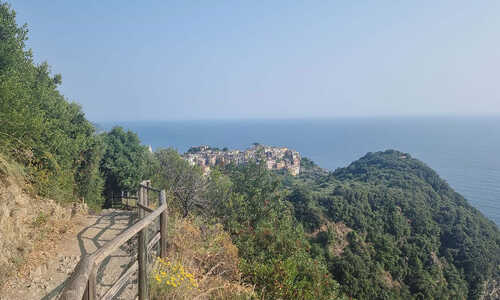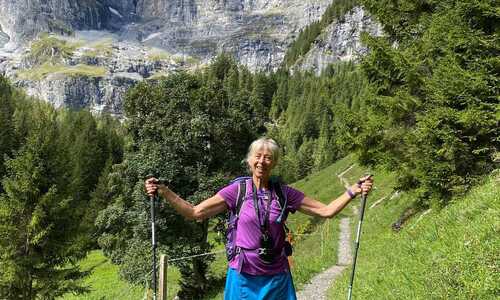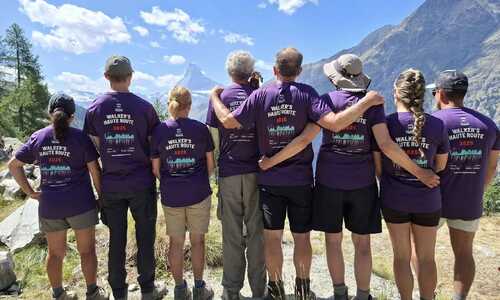26/09/2023
The magnificent Annapurna range rises from the heart of the Himalayas. They might not be the tallest, but the Annapurna form the central core of the great Himalayan mountain arc, towering in the very middle of the 2,550 kilometre chain that is the world's highest mountain range. This is a relatively accessible area that encapsulates the Himalayas, the Nepalese culture and its people. The terrain is wild and glorious ranging from lush tropical foothills, to barren high valleys & pristine towering peaks.
The shifting seasons in the Annapurna Circuit introduce variations in climate, local customs, wildlife, and the environment. While Spring and Autumn are the most favoured times for visiting due to their accessibility and agreeable conditions, every season has its unique charm and experience. As you plan your trek, it's crucial to consider these seasonal changes to ensure you're well-prepared. Here's a breakdown of the seasons:
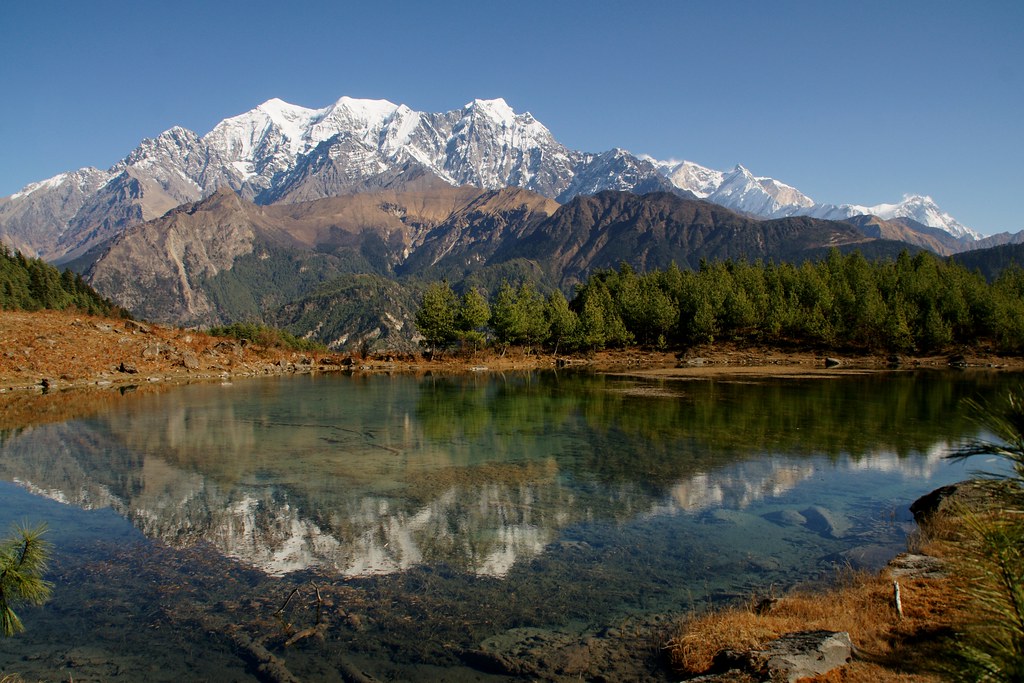
Trail conditions in Winter (December, January & February)
Winter in the Himalayas is the chilliest time and tends to be less popular for trekking compared to the other seasons.
During this time, the Thorong La Pass, one of Annapurna trek's highest points, can be bitterly cold, with temperatures that can hover around -10℃ by day. Heavy snowfall at times blankets the trails, rendering them challenging, if not impossible, to traverse. This very reason often discourages high-altitude trekking during the winter months due to safety concerns. Lower areas are more accessible and won't be as cold, for example, the Poon Hill trek (3200m) averaging 12℃.

Trail conditions in Spring (March, April, May & early June)
Spring brings an array of colour with flowers like rhododendrons, magnolias, and spring blossoms in full bloom. Weather-wise, daytime temperatures are getting warmer and average around 20℃ at an altitude of 3000m , while evenings can drop to just a few degrees. The skies tend to be clear, offering you some fantastic mountain views. However, as you approach the summer months there is a tendancy for more rain as the monsoon season approaches.
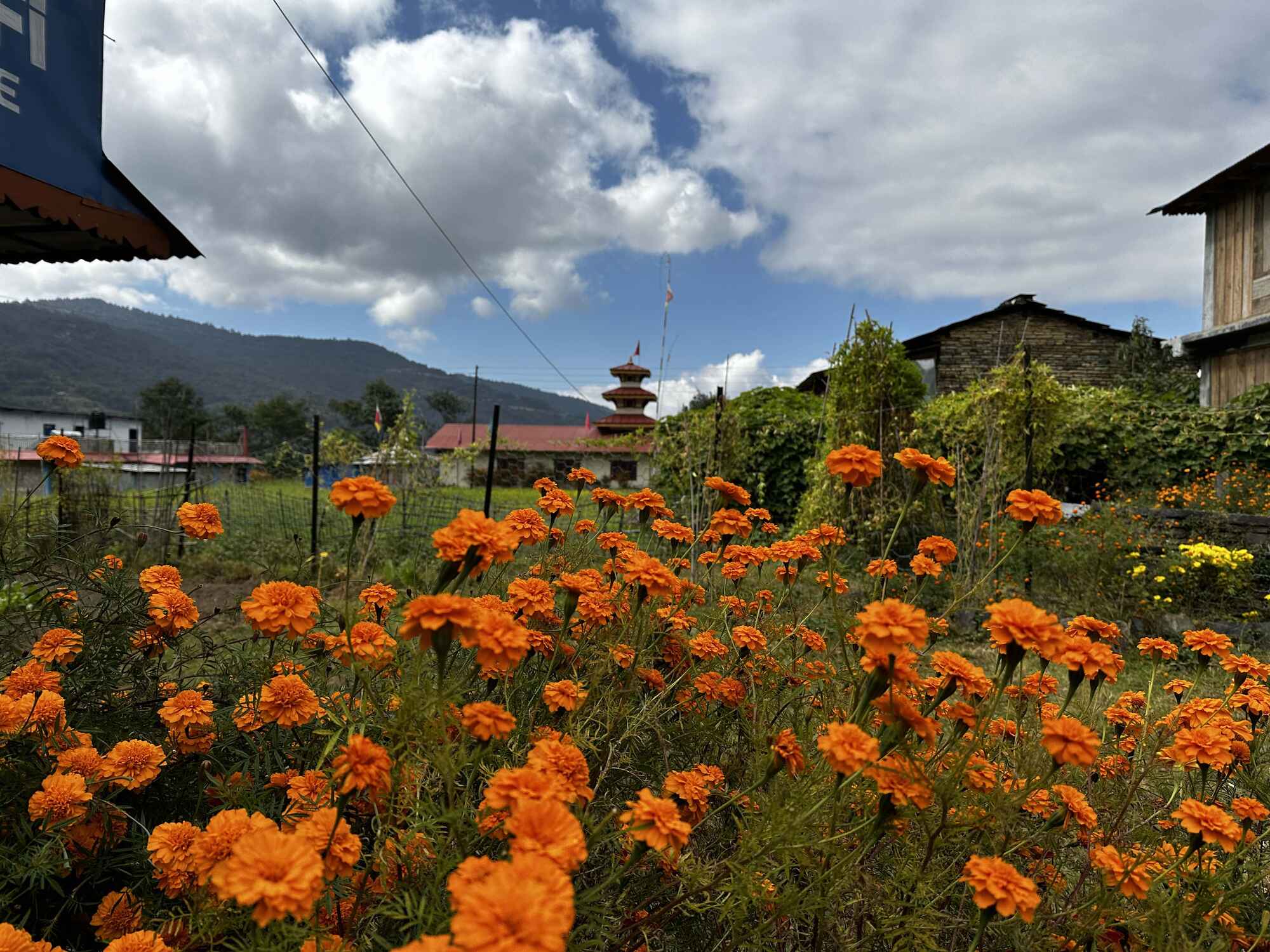
Trail conditions in Summer/ Monsoon season (late June, July, August & early September)
In Nepal, Summer and the Monsoon season merge, resulting in weather that's both warm and wet. With temperatures 24℃ in the lower areas. The trails, mostly composed of dirt and gravel, become thick mud due to rain, making them difficult to navigate. Rain often begins at night and can persist throughout the day. With the consistent downpours, there's an elevated risk of landslides and other natural disruptions. Rivers also swell, with stronger currents. And yes, the frequent cloud cover might obscure those majestic Himalayan views.
On the trail, be prepared to encounter a fair share of leeches and mosquitoes. But here's the silver lining: if you navigate through this temperate zone, the mountain region awaits with its untouched beauty. Positioned in the rain shadow, this area remains relatively dry.

Trail conditions in Autumn (late September, October and November)
Autumn stands out as the prime time for trekkers, boasting the most stable weather and comfortable temperatures of the year, ranging from 10℃ to 20℃ (at 3000m). During this period, expect clear blue skies & little or no rain. The days shine brighter, offering a refreshing change after the extended rainy season. Personally my favorite time to trek in the Himalayas.
The Annapurna trail covers everything from tropical to alpine climatic zones. Most days you’ll be hiking in shorts and t-shirts, at higher altitudes (+4000m) you will need warmer layers. At night in the camp or guest houses it can get really cold, hat, gloves, thick down jacket are a must. A 3-4 season sleeping bag is an essential bit of kit for a good nights sleep!
And the views? Absolutely pristine. You'll have unhindered vistas of the Annapurna massifs and the surrounding landscapes. With the influx of tourists, there's an added sense of security and camaraderie on the trails.
That said, the autumn landscape is more barren; don't expect fields bursting with flowers. And a heads-up – the trails, lodges, and teahouses will likely be buzzing with fellow travellers, given the season's popularity.
The festivities of Dashain and Tihar come alive in October. When you trek through villages like Ghandruk, you get a front-row seat to these vibrant celebrations. Tihar, known as the festival of lights, offers a mesmerising spectacle in higher altitudes. Imagine looking out over a valley illuminated brightly with thousands of lights; it's truly a wondrous sight.

Here at Mont Blanc Treks, Autumn is our favourite time to trek in the Annapurna Region. With the benefit of both personal experience and insights from the local community, we have put together what we consider to be the absolute best of the Annapurna with the additions of some lesser-known trails recommended by local guides from Pokhara. With every step, let alone every day, the vista changes and the Annapurna trail reveals something new and diverse. It literally is the definition of awe-inspiring.
For more information on trekking in the Annapurna Region of Nepal contact me at: sara@montblanctreks.com


